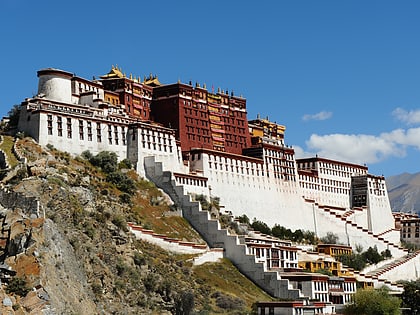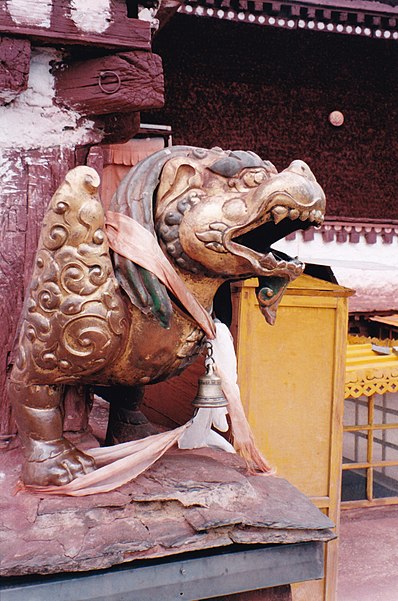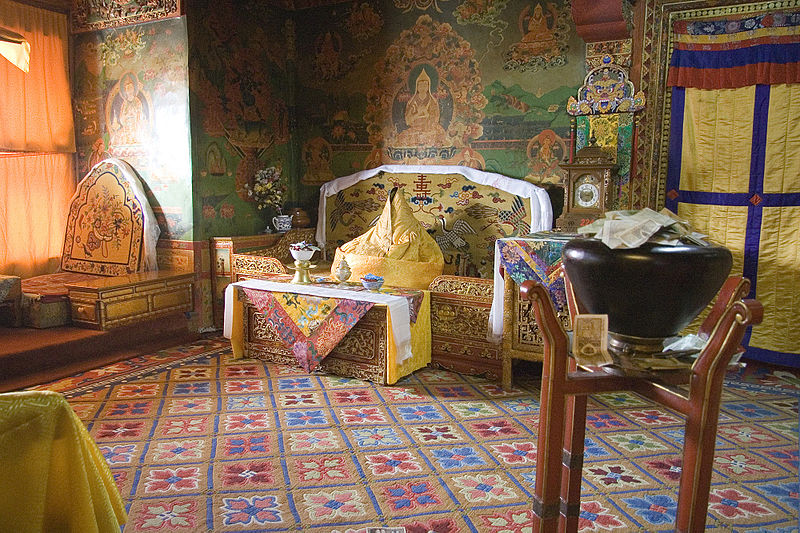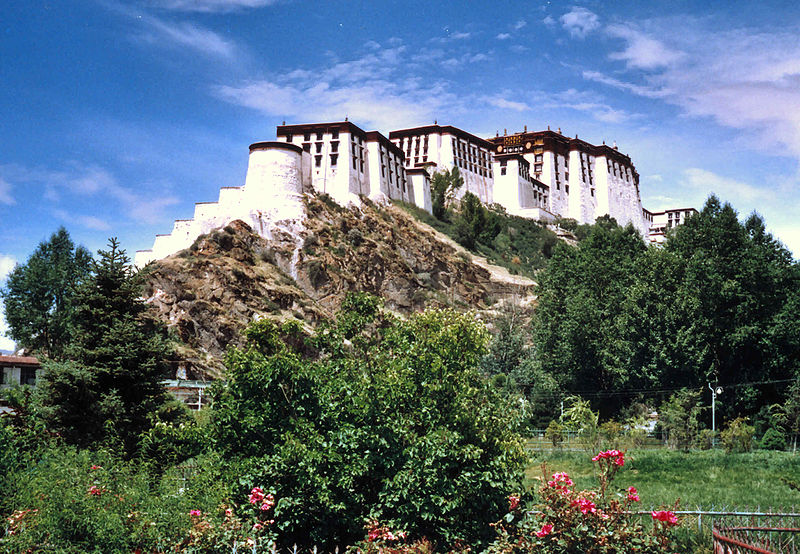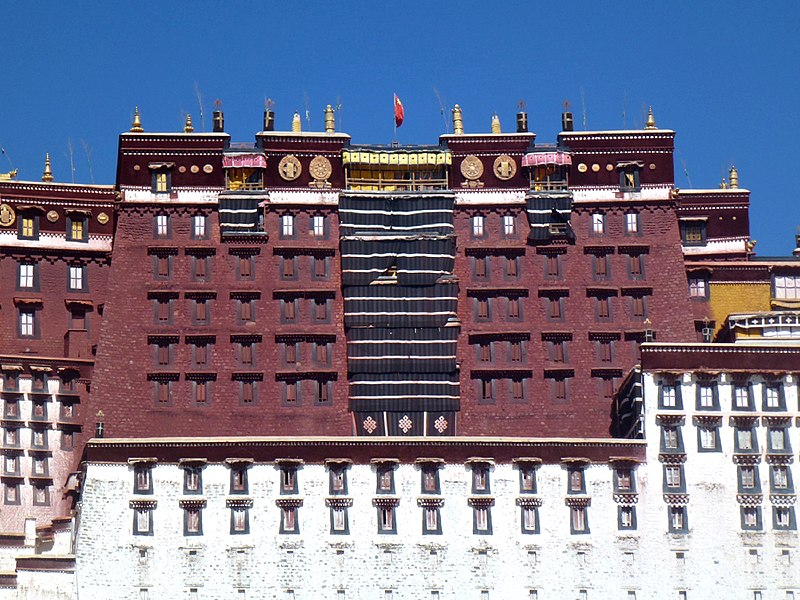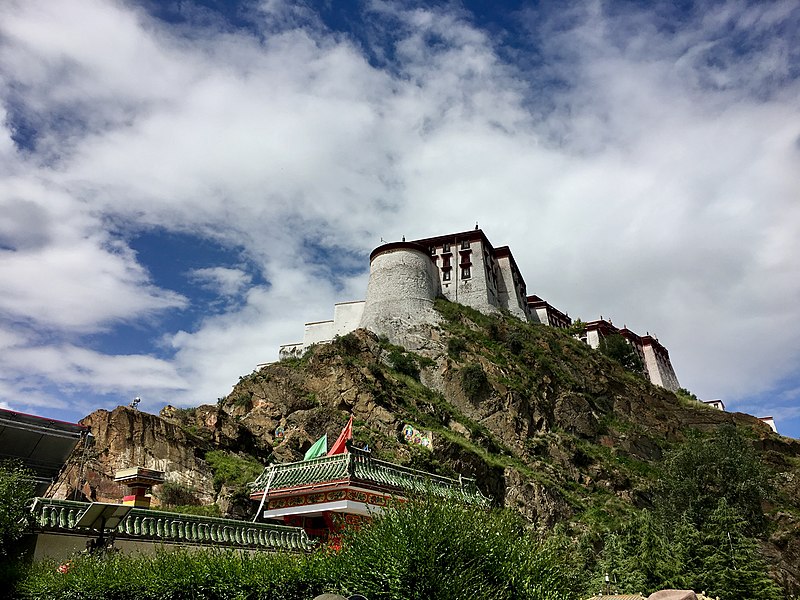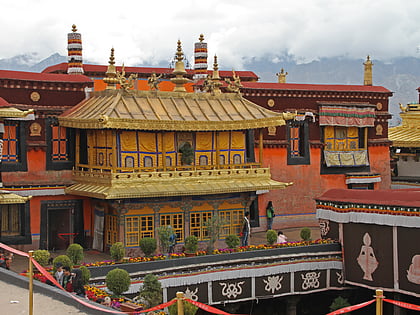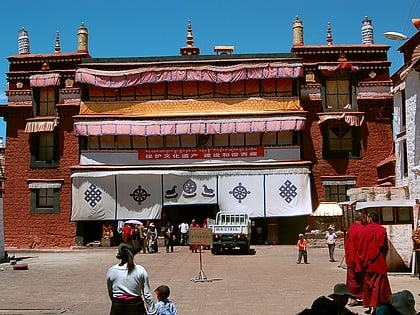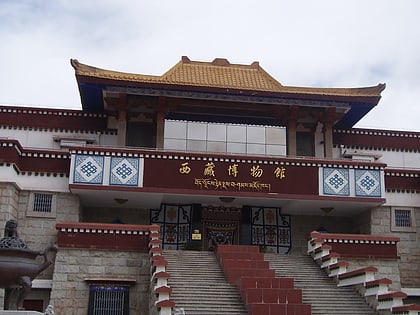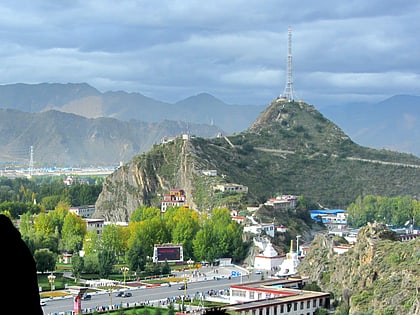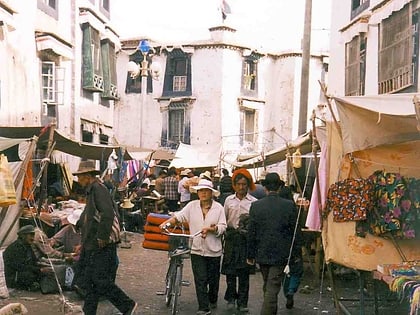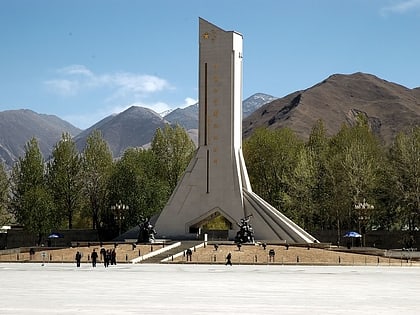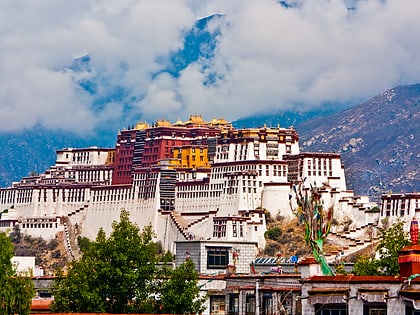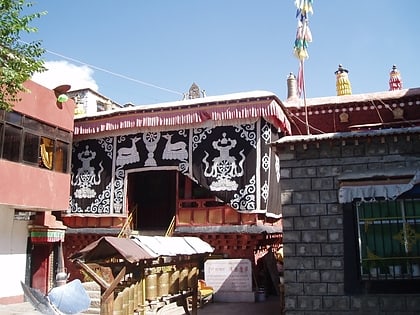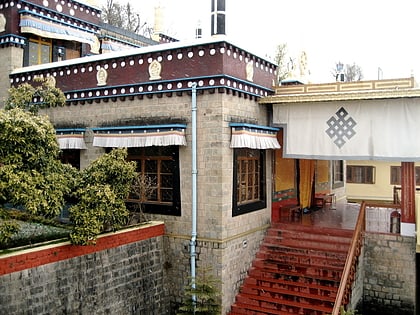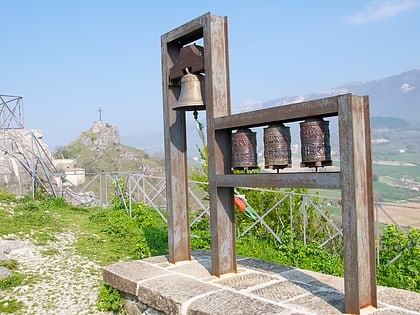Potala Palace, Lhasa
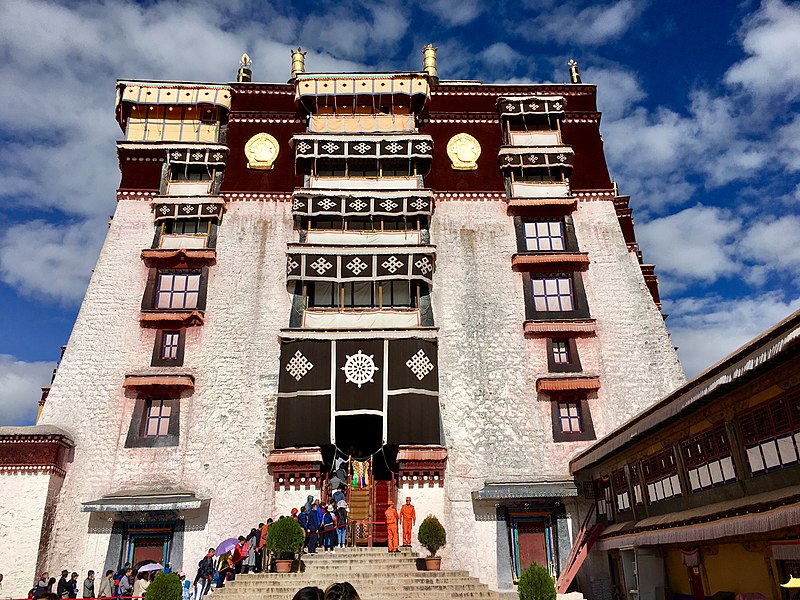
Facts and practical information
Perched on the Red Hill in Lhasa, China, the Potala Palace serves as an emblematic fortress and a testament to Tibetan architecture. This monumental structure, once the winter residence of the Dalai Lama, is now a museum and a UNESCO World Heritage Site, drawing visitors from around the globe to marvel at its grandeur.
The Potala Palace, with its white and red walls, stands at an impressive 3,700 meters above sea level, making it one of the highest ancient palaces in the world. Its construction began in the 7th century, and it has since been expanded and renovated by successive Dalai Lamas. The palace is comprised of two main parts: the White Palace, which served as the living quarters of the Dalai Lama, and the Red Palace, which is dedicated to religious study and Buddhist prayer.
Upon entering the Potala Palace, tourists are greeted by an intricate maze of rooms, halls, and chapels. With over 1,000 rooms, the palace houses a vast collection of cultural relics, including murals, paintings, scriptures, and precious artifacts that reflect the rich history of Tibetan Buddhism.
The Potala Palace is not only a cultural and historical treasure but also a spiritual sanctuary. Pilgrims from all over Tibet and the world come to pay their respects and to circumambulate the palace. For the average tourist, the visit is an opportunity to experience the unique Tibetan culture and to witness the architectural prowess that has withstood the test of time.
Visitors should be aware that due to the high altitude, it is advisable to acclimate before exploring the palace extensively. Photography inside the palace is restricted, and there is a limit on the number of daily visitors to preserve the site, so it is recommended to book tickets in advance.
Potala Palace – popular in the area (distance from the attraction)
Nearby attractions include: Jokhang Temple, Ramoche Temple, Tibet Museum, Kundeling Monastery.
